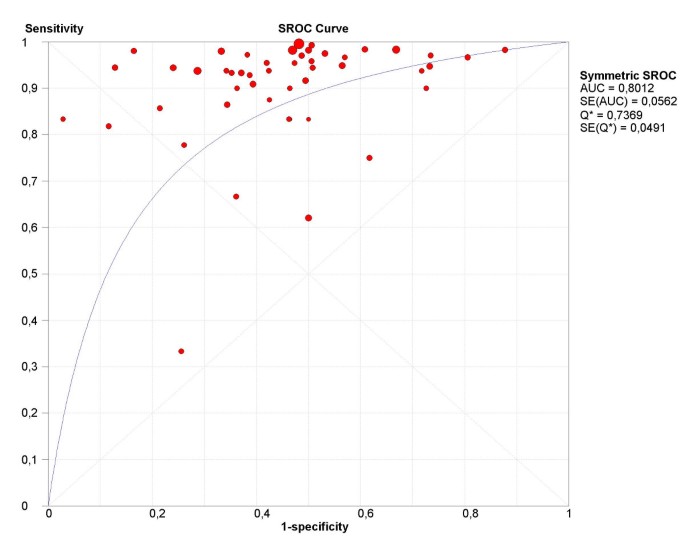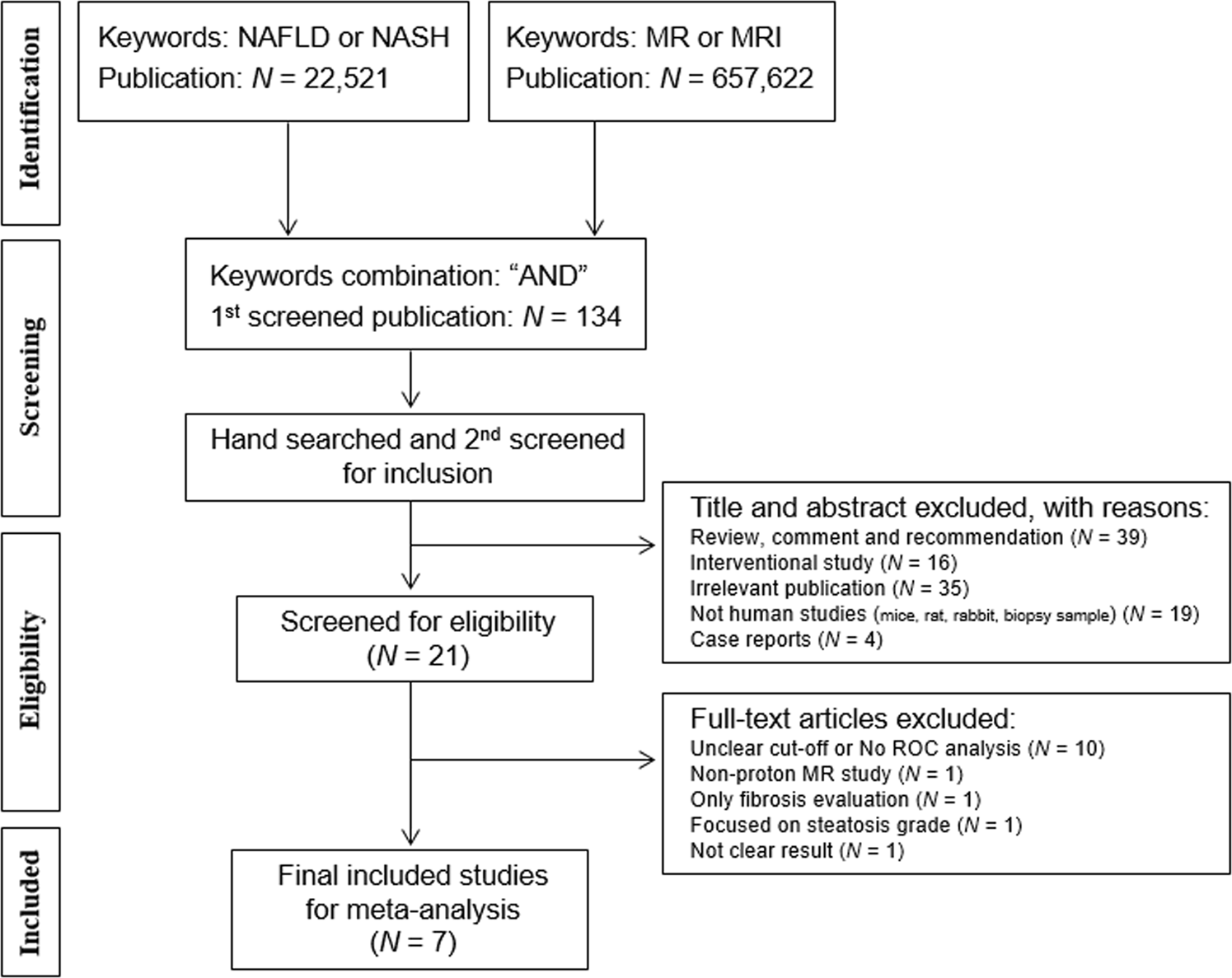
There have been many molecular genetic studies of OCD but relatively few consistent findings. 5 Aberrant modulation could be due to structural abnormalities and/or dysregulations in the neuromodulators or neurotransmitters (for example, serotonin, glutamate and dopamine) involved in these circuits.

One of the leading biological models of OCD is the frontal–striatal–thalamic model, which emphasizes the role of aberrant modulation of brain circuits involving the prefrontal cortex, regions of the basal ganglia such as the striatum and globus pallidus, and the thalamus. 3 As with other forms of psychopathology, 4 OCD might be shaped by a large number of genes of modest impact, which additively combine to influence the risk for developing obsessive–compulsive symptoms or disorder. 2 A recent meta-analysis of 37 twin samples suggests that obsessions and compulsions arise from a combination of additive genetic factors and nonshared environment. 1 The exact etiology of OCD is unknown, although evidence suggests that the disorder arises from complex combination of biopsychosocial factors, including genetic and environmental factors. Compulsions are repetitive behaviors or mental acts that the person feels compelled to perform, typically with a desire to resist. Obsessions are unwanted thoughts, images or urges.

Obsessive–compulsive disorder (OCD) is characterized by distressing, time-consuming obsessions and compulsions. Future studies, with sufficient power to detect small effects, are needed to investigate the genetic basis of OCD subtypes, such as early vs late onset OCD. This suggests a polygenic model of OCD, consistent with twin studies, in which multiple genes make small, incremental contributions to the risk of developing the disorder. This study demonstrates that OCD is associated with multiple genes, with most having a modest association with OCD. The secondary meta-analysis identified another 18 polymorphisms with significant ORs that merit further investigation. Nonsignificant trends were identified for two dopamine-related polymorphisms ( DAT1 and DRD3) and a glutamate-related polymorphism (rs3087879). In the main meta-analysis, OCD was associated with serotonin-related polymorphisms ( 5-HTTLPR and HTR2A) and, in males only, with polymorphisms involved in catecholamine modulation ( COMT and MAOA).

#Comprehensive meta analysis auroc full
A full meta-analysis was conducted for 20 polymorphisms that were examined in 5 or more data sets, and a secondary meta-analysis (limited to the computation of mean effect sizes) was conducted for 210 polymorphisms that were examined in fewer than 5 data sets. A total of 230 polymorphisms from 113 genetic association studies were identified. This study reports the first comprehensive meta-analysis of the relationship between OCD and all previously examined polymorphisms for which there was sufficient information in the source studies to compute odds ratios (ORs). Yet, molecular genetic association studies have yielded inconsistent results, possibly because of differences across studies in statistical power. Twin studies indicate that obsessive–compulsive disorder (OCD) is strongly influenced by additive genetic factors.


 0 kommentar(er)
0 kommentar(er)
